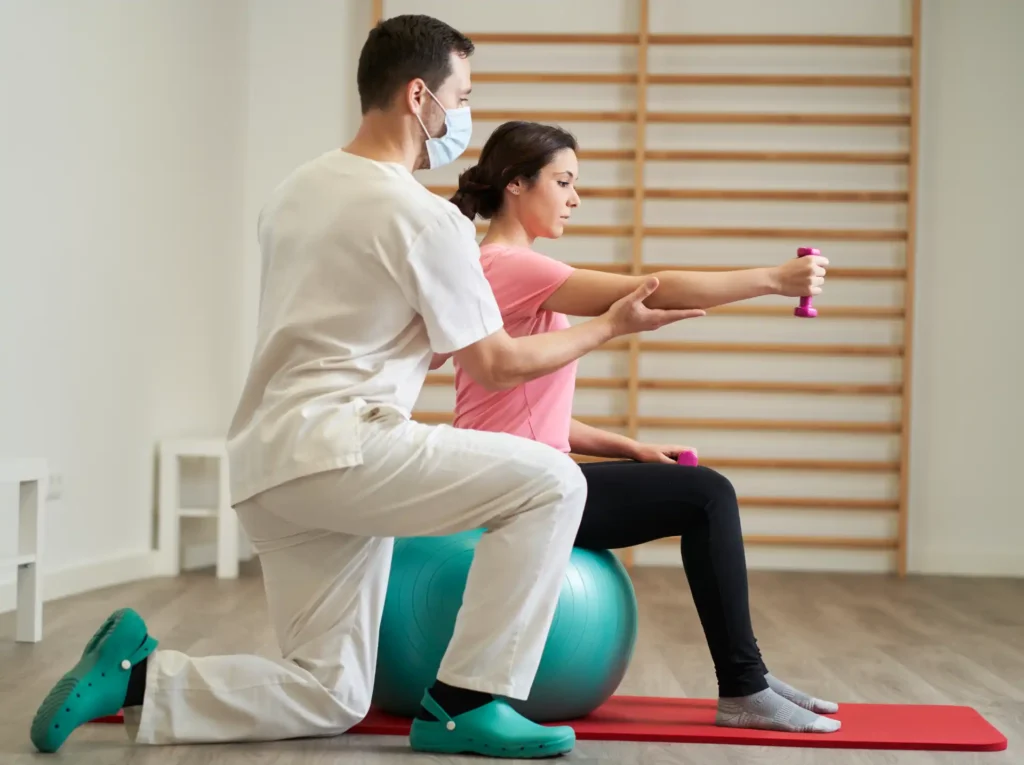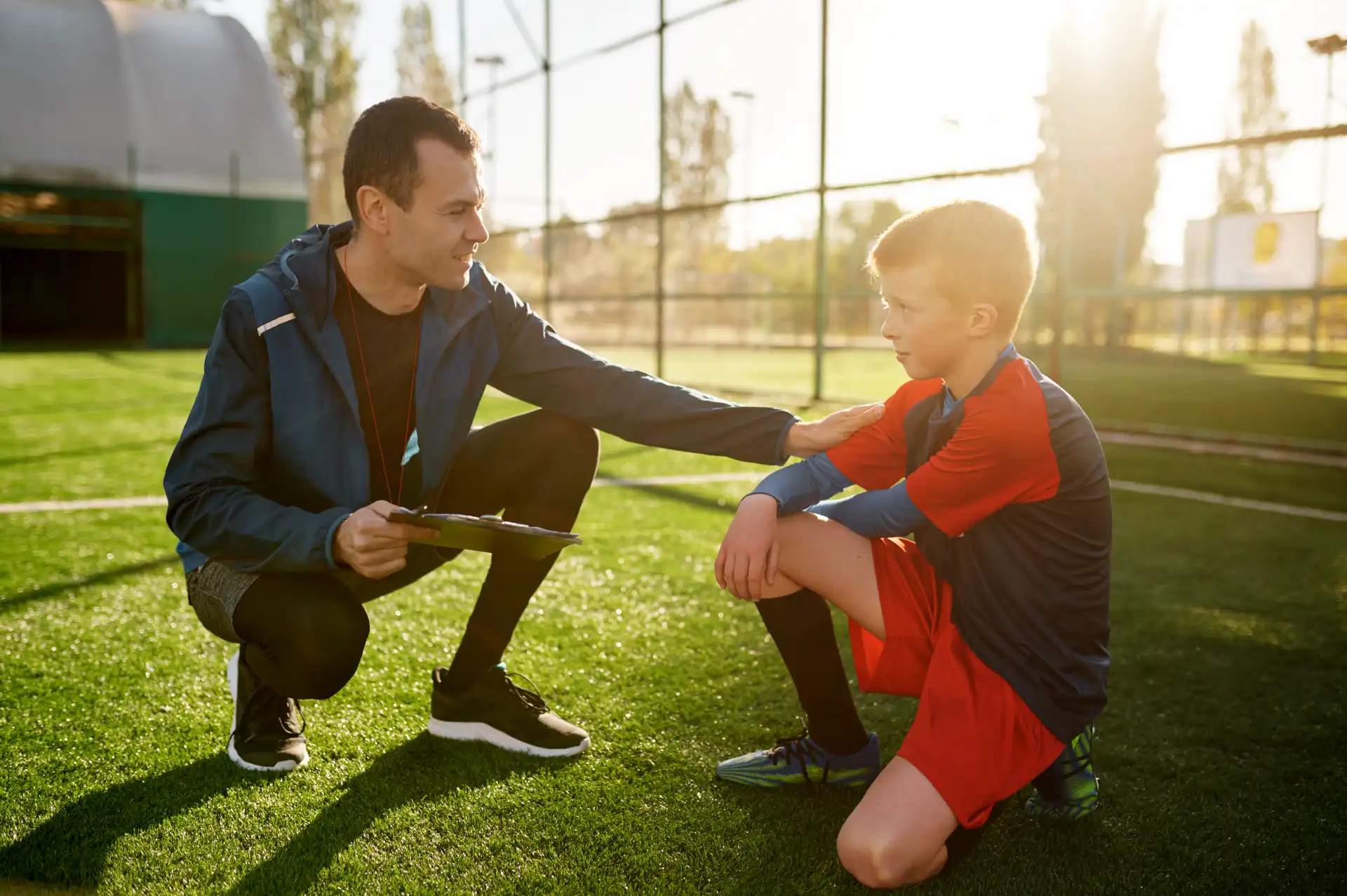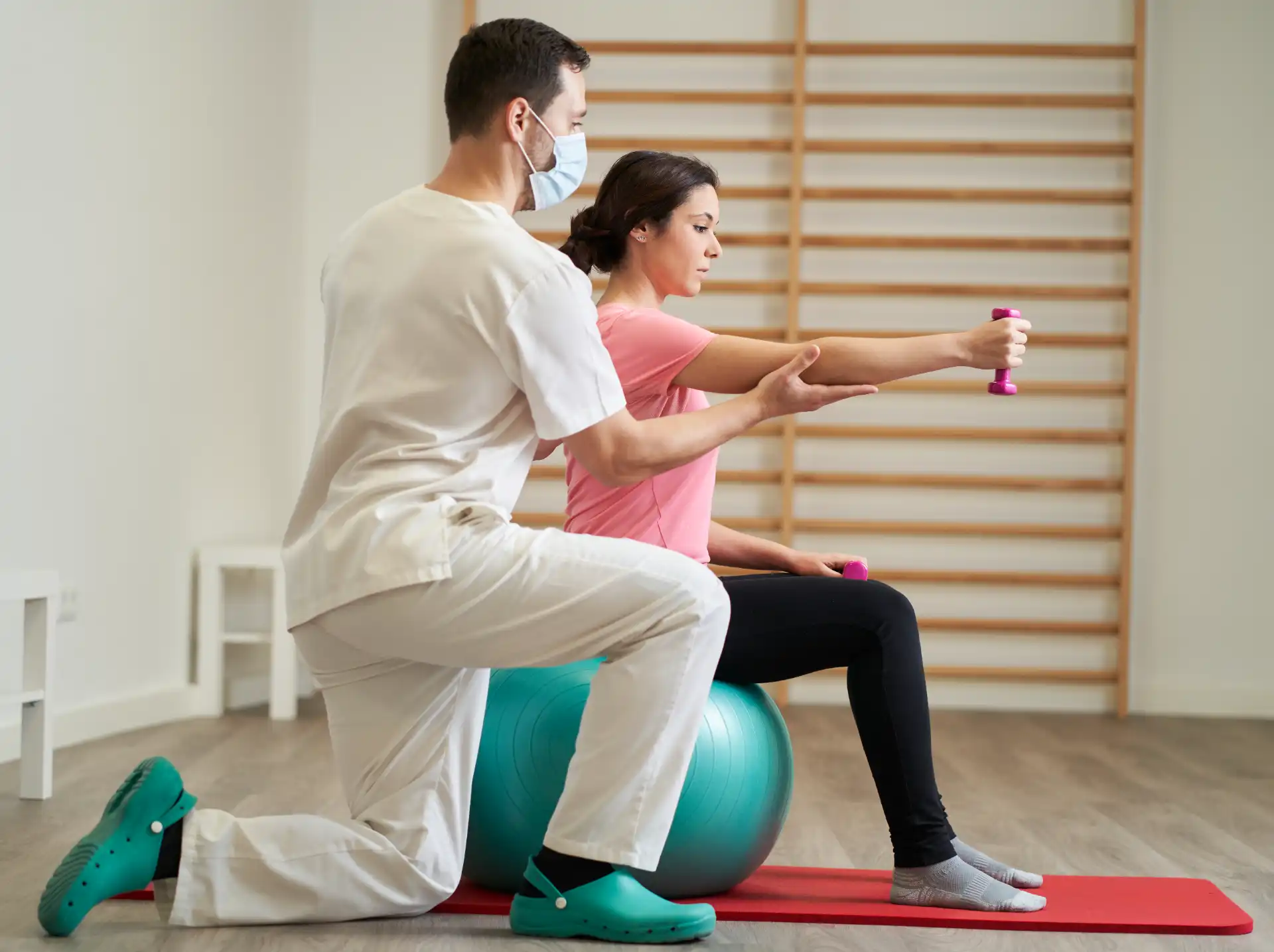The Best Exercises for Safe Recovery After a Sports Injury
Recovering from a sports injury takes time, patience, and the right approach. One of the most effective ways to regain strength and mobility is through safe, exercises for Sports Injury Recovery. When done correctly, these exercises support healing, prevent re-injury, and help you return to your favorite activities with confidence.
In this article, we’ll explore the best exercises for sports injury recovery, focusing on safe movements that promote strength, flexibility, and endurance.
Why Exercise Matters in Recovery
Exercise plays a critical role in the rehabilitation process. Gentle, guided movements help improve blood flow to the injured area, reduce stiffness, and rebuild muscle strength.
However, it’s essential to follow a structured program. The wrong exercises, or doing too much too soon, can delay healing. Always consult with a physical therapist or healthcare provider before starting any recovery routine.
For more guidance, check out our article on Sports Injury Recovery: Expert Tips for a Faster Healing Process.
1. Range of Motion Exercises
Gentle range of motion (ROM) exercises help maintain flexibility in the injured area. These exercises prevent stiffness and promote circulation, which is crucial for healing.
Examples:
- Shoulder circles
- Wrist flexion and extension
- Ankle pumps
Perform these movements slowly and stop if you feel pain.
2. Stretching Exercises
Stretching improves flexibility and reduces the risk of scar tissue buildup. Focus on gentle stretches that target the muscles around the injured area.
Examples:
- Hamstring stretch
- Quadriceps stretch
- Calf stretch
Hold each stretch for 15–30 seconds, and repeat 2–3 times daily.
3. Strengthening Exercises
Once your range of motion improves and pain decreases, begin light strengthening exercises. Start with bodyweight exercises and progress to resistance bands or light weights as recommended by your therapist.
Examples:
- Wall push-ups
- Bodyweight squats
- Resistance band leg lifts
For more ideas, explore the ACE Fitness guide to post-injury workouts.
4. Balance and Stability Exercises
Injuries can disrupt balance and coordination. Incorporating stability exercises helps rebuild neuromuscular control and reduces the risk of future injuries.
Examples:
- Single-leg stands
- Balance board exercises
- Heel-to-toe walking
These exercises can also help improve posture and joint stability.
5. Low-Impact Cardio Exercises
As you progress in your recovery, light cardiovascular exercises help maintain overall fitness without placing excessive stress on healing tissues.
Examples:
- Stationary cycling
- Swimming or water aerobics
- Elliptical trainer sessions
Monitor intensity and duration carefully, and stop if you experience pain or swelling.
Tips for Safe Exercise During Recovery
- Listen to Your Body: Never push through pain. Discomfort can signal that you’re doing too much too soon.
- Warm Up and Cool Down: Prepare your muscles and joints before exercising, and cool down afterward to prevent stiffness.
- Follow Professional Guidance: Work with a physical therapist to create a personalized recovery plan.
- Progress Gradually: Increase intensity and duration slowly to avoid setbacks.
- Stay Hydrated and Nourished: Support your body with proper hydration and nutrition during recovery.
For more general advice, visit our article on How to Recognize Early Signs of Sports Injuries.
When to Seek Professional Help
While exercises are beneficial, it’s crucial to know when to seek professional assistance. Consult a healthcare provider if you experience:
- Sharp or worsening pain during exercise
- Swelling that doesn’t improve
- Numbness or tingling sensations
- Loss of strength or function
Your recovery plan should be safe, structured, and guided by medical advice.
Conclusion
Recovering from a sports injury doesn’t mean giving up on exercise—it means choosing the right exercises at the right time. With careful planning, professional guidance, and patience, you can rebuild strength, restore flexibility, and return to your active lifestyle stronger than ever.
Stay safe, stay committed, and remember: recovery is a journey, not a race. For additional tips, explore the Mayo Clinic’s exercise after injury guide.




